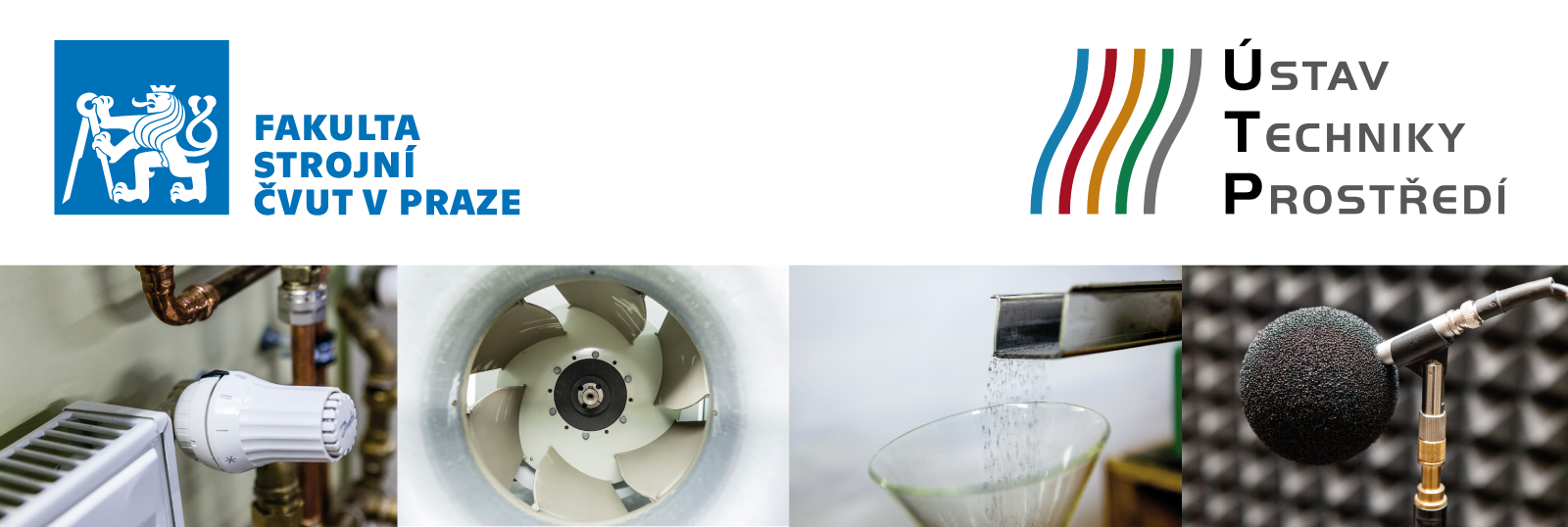Zavřel, V. ., Zelenský, P. ., Macia, J. ., Mylonas, A. ., & Pascual, J. . (2022). Simulation aided development of a façade-integrated air handling unit with a thermoelectric heat exchanger. CLIMA 2022 Conference. https://doi.org/10.34641/clima.2022.20
The paper presents a simulation aided development of a new type of a façade-integrated air handling unit for local ventilation of rooms. The unit is developed as a part of the Plug-and-Use (PnU) concept within the H2020 project PLURAL. Unlike conventional local ventilation units designed solely for ventilation, the developed air handling unit has a two-stage heat recovery that combines a passive and an active heat exchanger. The active heat exchanger consists of an array of thermoelectric elements and provides the flexible and energy efficient capability of temperature control of supplied ventilation air. The paper demonstrates the practical use of building energy simulations for the development of the unit. A combined simulation approach was used, while the IDA ICE software addressed the indoor CO2 concentration and related ventilation volume flow rates used for the TRNSYS software, which predicted energy performance and indoor thermal conditions. In the TRNSYS, a numerical representing the initial prototype of the air handling unit was prepared. This sub-model was integrated into the TRNSYS building model of the real installation demo site, namely, the Terrassa building, Barcelona, Spain. A variant numerical analysis was performed with two different compositions of the building envelope (pre- and post-renovation) and several ventilation control strategies and air handling unit operation settings. The performed simulations were capable to predict the performance of the innovative device in the real-case arrangement, under various scenarios, on the scale of the entire building. The simulation analysis demonstrated that the façade integrated air handling unit can clearly improve the IAQ conditions and reduce the overheating in the case when no other cooling system is available. The simulations provided an important navigation for the design team to further develop the innovative device.
